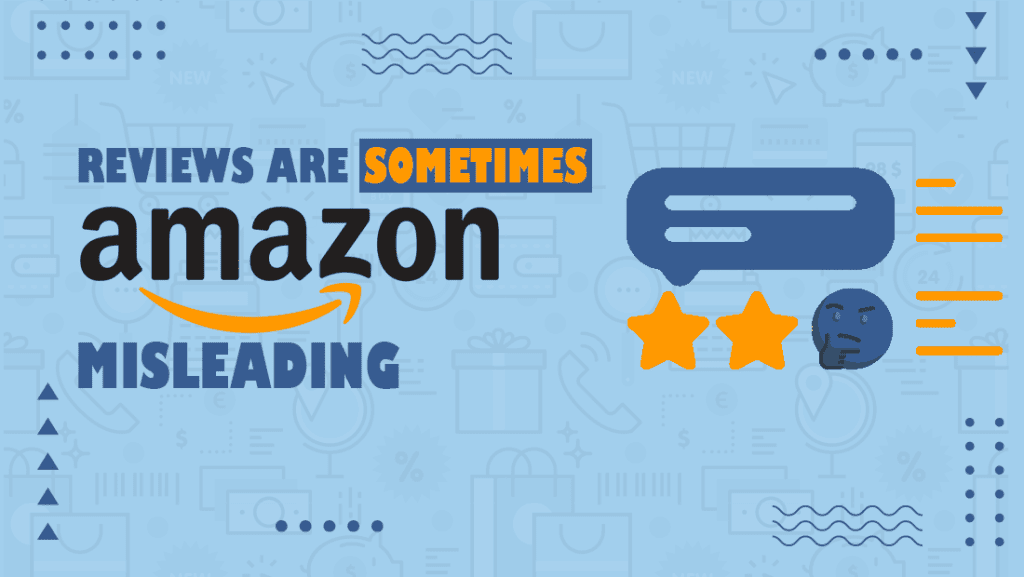Table Of Content
Introduction
The Influence of Fake Reviews:
Biases and Subjectivity:
Incentivized Reviews:
The Dilemma of Competitor Reviews:
The Impact of Aggregated Ratings:
Navigating the Review Landscape:
Conclusion:
Introduction
In the digital era, where consumer choices are heavily influenced by online reviews, the adage “Reviews are sometimes misleading” has never been more pertinent. While these reviews can provide valuable insights, the nuances of the online landscape often conceal a more complex reality. This blog aims to dissect the intricacies of online reviews, shedding light on the reasons they can be misleading and offering guidance on how consumers can navigate this intricate web of information.
The Influence of Fake Reviews:
Online platforms, while providing a valuable space for genuine reviews, are not immune to the infiltration of fake reviews. Businesses, in an attempt to boost their reputation, may resort to creating fictitious positive reviews or even engaging in negative reviews of competitors. This deceptive practice can mislead consumers and distort the overall perception of a product or service.
Biases and Subjectivity:
Reviews are inherently subjective, reflecting the personal experiences and opinions of individual users. Biases, both positive and negative, can skew the overall rating. Factors such as mood, personal preferences, or isolated incidents may disproportionately impact a reviewer’s perception, potentially misguiding others who rely on these reviews for decision-making.
Incentivized Reviews:
Some businesses incentivize customers to leave positive reviews by offering discounts, freebies, or other perks. While this can boost positive sentiment, it may also compromise the authenticity of the feedback. Consumers may unknowingly base their decisions on reviews influenced by external incentives rather than genuine experiences.
The Dilemma of Competitor Reviews:
Competitors may engage in posting negative reviews to tarnish the reputation of a business. Recognizing these reviews can be challenging, and consumers may inadvertently fall prey to a deliberate attempt to discredit a product or service.
The Impact of Aggregated Ratings:
Popular platforms often aggregate ratings to provide a quick overview of a product or service’s overall quality. However, the simplicity of this approach may mask important nuances. A high overall rating may camouflage a multitude of lower ratings and negative experiences that consumers should be aware of.
Navigating the Review Landscape:
Diversify Information Sources:
Rely on multiple sources of information, such as professional reviews, user forums, and expert opinions, to get a more comprehensive understanding.
Look for Patterns:
Instead of focusing on individual reviews, identify common themes or patterns in feedback. Consistent issues or praises across multiple reviews may indicate a more accurate representation.
Consider the Context:
Assess reviews in the context of your specific needs and preferences. A negative review may not be relevant if the concerns raised do not align with your priorities.
Verify Purchase and Usage
On platforms where users can verify if a reviewer actually purchased and used the product or service, prioritize these reviews for a more authentic perspective.
Conclusion:
In the era of information overload, online reviews are a valuable tool, but their reliability is not absolute. By understanding the potential pitfalls of misleading reviews, consumers can adopt a more discerning approach to decision-making. Balancing online reviews with other sources of information ensures a more informed and accurate evaluation, empowering individuals to make choices aligned with their unique needs and preferences.





